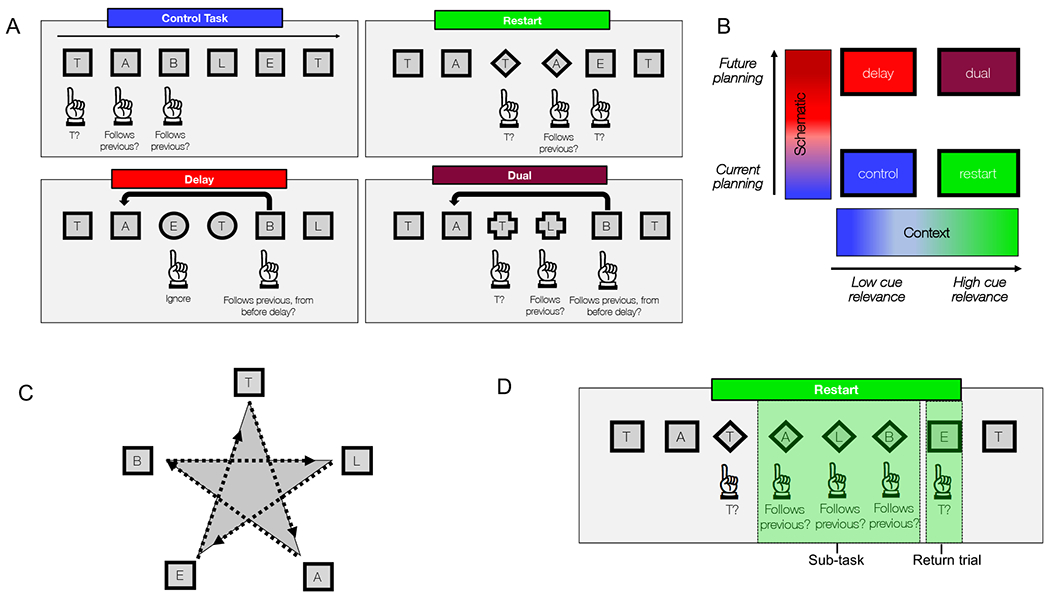Figure 2. Cognitive control task manipulated temporal and contextual axes.

A) Basic task structure. Participants saw letters drawn from the word “TABLET”. Participants were cued to certain sub-tasks by changing shapes. B) The cognitive control task manipulated two main task aspects (high or low schematic control – requiring participants to keep past information in mind to influence future behavior; high or low contextual control – requiring participants to pay attention to changing task cues). C) On verbal trials, the letters were relevant, while on spatial trials, the locations were relevant. Letters appeared along points of a star in spatial trials. (D) Each condition was made up of sub-tasks (restart condition shown here). The trial following a sub-task, when participants returned to the original task, was dubbed a “return trial”.
